Reality TV shows abound on major television programming nowadays; now, I’m not against that stuff, I just don’t watch it. It’s like gambling. It’s in my nature to be hooked, so, I don’t gamble. Once I found myself sitting glued to Blind Date back to back for something like 6 dates, I decided to make better use of my time and boot up Nancy Drew instead.
PlayDetective: Heartbreakers is almost identical in premise to one of the biggest, longest running reality shows – Cheaters. A couple is having relationship problems, they go to the host, the host hires a private detective, the detective inevitably finds the other partner cheating and finds evidence of such, the host asks the client to confront the partner, and it’s all very melodramatic. Makes for great TV. PlayDetective: Heartbreaks casts you in the role of the private detective, and throws in mini-games to boot.
There are 15 cases in the entire game, and each one plays about the same way with different story lines. You are presented with the facts of the case, then you follow your suspect around with a video camera from a perspective that’s only really possible if you were in a helicopter (or a very high building), and you are given a certain number of days to collect a specific number of evidence. Each scene comes in twos: a scripted “cut-scene” and a screen where you can act by either finding and playing the mini-games or collect evidence.
To collect the evidence you rely on three things: a phone call from the partner, a eavesdropping device, and a camera. Using them is simple enough. All you have to do is buy it in the store and click on them in the main interface during a game screen. Each one of these cost $100, and sometimes using them might not collect any evidence (a photograph could end up being completely innocent.) In order to make money we run into the absurd but fun part: mini-games.
The mini-games are mostly conventional: match-3, swap tiles, multiple choice quiz, the Cryptogram, and lastly, the Polygraph. Match-3 is self-explanatory, as it is the usual match-3 to break tiles. Swap tiles is a jigsaw puzzle where you swap the pieces, with a little bit of help. Each edge of the pieces are color-coded to aid you visually, since the images in them are two/three toned. The multiple-choice quiz asks you questions based on the client/suspect profiles as well as the time/date/place of your investigation. The cryptogram lets you decipher a text-message. As for the Polygraph, it works like a normal Polygraph. You get to guess whether your suspect is lying by the wavy lines. I still have no idea how it works. (Just like a real Polygraph, it seems.)
One of the special features in PlayDetective that it doesn’t tell you about is the variable difficulty level. If you fail a question in a quiz, your timer slows down to give you more time for the next question. If you keep letting the timer run out in the P0lygraph it does the same. It’s a smart timer that ensure the game doesn’t get hard enough to be impossible on medium. In the Match-3 or swap tiles games you can also restart the mini-game at any time.
Now, on the surface, this all works together very well. Once you start getting into the game, Heartbreakers is a bit of a non-game. It’s more of a TV show. You follow the characters around (you can fast forward or skip this part) and when the opportunity presents itself (in the form of your buttons lighting up) you can buy and use the tools. Once you do you either find out that the situation was completely innocent or the suspect is guilty of something. If you make a mistake by not collecting an evidence, the game will boot you out of the mission and make you start it over.
In other words, it’s really a very linear adventure game in the guise of a casual game. If you replace the text in cutscenes with real actors, this could be an old FMV game. Unfortunately, the graphics are dated with “pixel” styling and isn’t likely to draw the average casual gamer in. The music, however, is typical of an old black and white private eye movie.
PlayDetective: Heartbreakers is not a bad game, by any means. It takes a complex subject and simplified it enough for anyone to get in there and play, adding enough casual elements to draw in a casual audience. If you enjoyed Cheaters, the show, you might just get drawn into Heartbreakers’ stories of infidelity. It’s a pretty long game, and it saves in the middle of missions. At the time of this review, it’s slightly buggy, but there are no show stoppers.
You can download PlayDetective:Heartbreakers on the Kayogames web site, as well as try an online version that plays right in your browser.
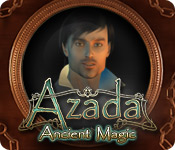
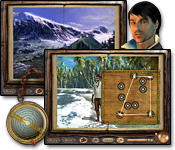

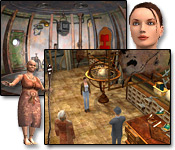
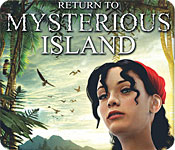
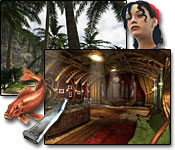





























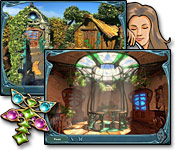































 subscribe via RSS
subscribe via RSS






















